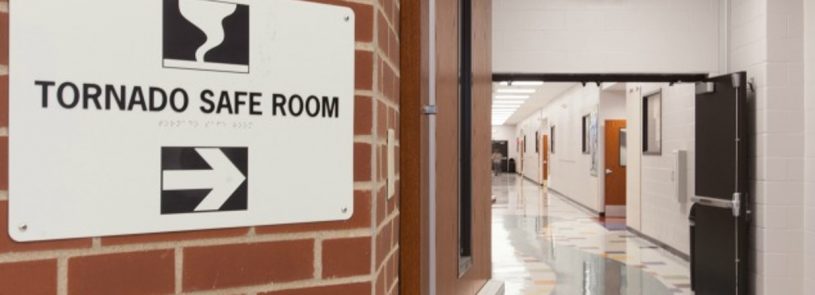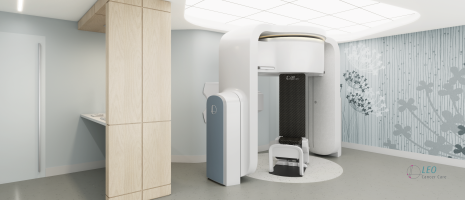Storm shelter design critical for essential facilities and school safety

By Heather Heidenreich and Kelly Altes
Tornado ratingsTornado intensity is rated by the Enhanced Fujita Scale based on estimated wind speed and related damage. The scale ranges from EF-0 (65-85 MPH with some light damage to roofs and siding) to EF-5 (200+ MPH where well-constructed homes are leveled and swept away). Two EF-5 tornados set devastating records in recent history. The 2011 Joplin, Mo., tornado became the deadliest tornado since the 1940s, killing 158. The 2013 Moore, Okla., tornado became the costliest, totaling around $2.2 billion in damage. |
Storm shelter design is critical in the U.S., where an average of 1,253 tornadoes occur each year – most of them in 10 Midwest and south-central states. The International Building Code (IBC) provides guidance for creating safe locations for people who live in these susceptible areas, specifically for those spend time in essential and educational facilities.
The code requires that storm shelters be designed per ICC-500, with both IBC 2015 and 2018 including more detailed requirements for which conditions necessitate a storm shelter, its occupancy, and location. The ICC-500 establishes “minimum requirements to safeguard the public health, safety, and general welfare relative to the design, construction, and installation of storm shelters for protection from high winds associated with tornadoes and hurricanes.” It creates uniformity in the technical design and construction of storm shelters that are either stand–alone structures or safe rooms within buildings.
The three most important factors when designing a storm shelter are:
Location. As with real estate, location is everything. Know how the location affects functionality and cost of the space.
System options for MEP and structure. Don’t underestimate how system selections will affect the project. Requirements may include redundant systems, protection of critical pieces of equipment, and more.
Envelope breaches. It is critical to protect occupants from envelope breaches. Selection of door and window materials, inclusion of shutters or baffling, or addition of protective measures will become an essential step in constructing a storm shelter.
The unpredictability of tornadoes necessitates quick reactions and storm facilities that are always safe and up to code. Following the ICC-500 requirements will ensure that all storm shelters are reliable and uniform, regardless of whether they are stand-alone or part of an essential or educational facility.













